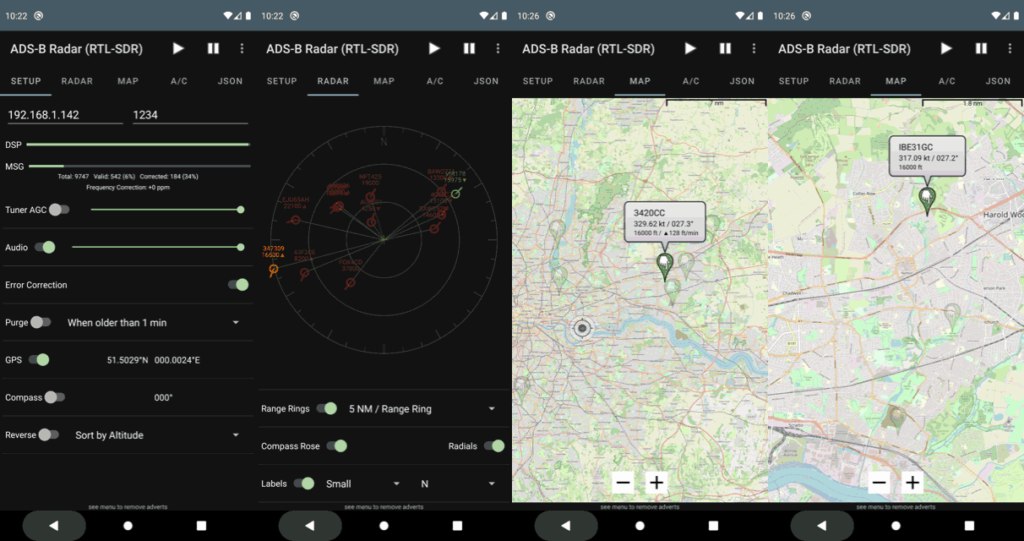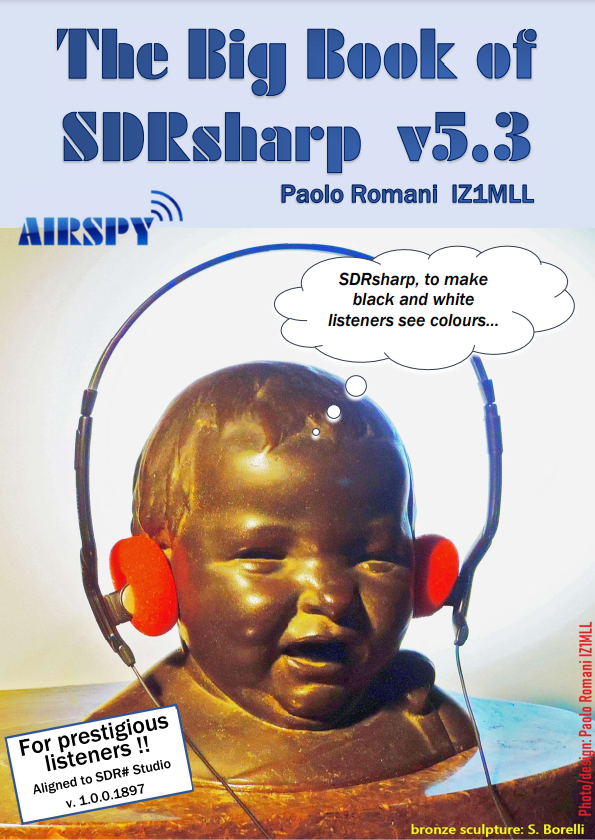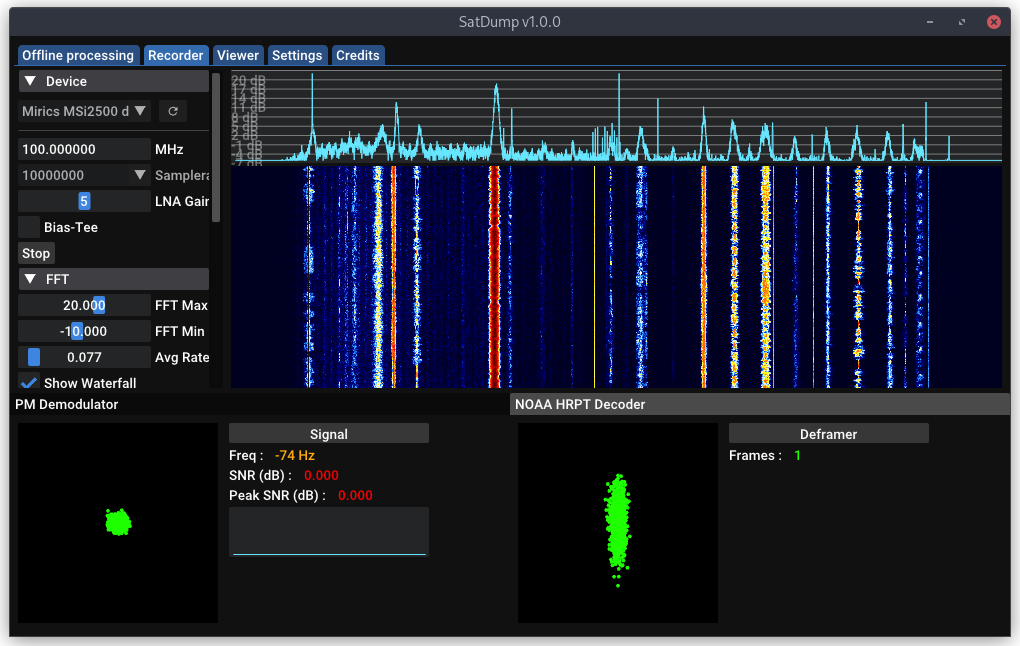ADS-B Radar Android App Updated with Open Street Maps
Thank you to James Mainwaring for letting us know about the latest update to his "ADS-B Radar (RTL-SDR)" Android App. The update brings an Open Street Map (OSM) display, allowing for aircraft to be directly plotted on the map.
As before the app works with an RTL-SDR directly connected to the Android device, and also has a radar like display.
James also has other apps on the Google Play store for FM Radio, Airband and Ham Radio listening.


